#type: scene help
Explore tagged Tumblr posts
Note
Can you do the Whitney crossdressing scene?
And by crossdressing scene I mean the one where he forces PC into panties
I'm honestly still finding this one, but posting it if anyone else has the screenshots of the scene.
I probably should update my version bc I still have 4.2.3 LMAO
6 notes
·
View notes
Text
COMMISSIONS OPEN
Hey everyone! I'm opening my writing commissions for the first time! Here is my page for more information about what I do:
https://docs.google.com/document/d/12Q9CUXTiSalRaQE0bx4dEUWyMqmq0zn5DyGQb1-L1A0/edit?usp=sharing
Please take a look!
#writing#commissions#creative writing#writing commissions#zelphin124#oc#oc stuff#essay help#essay#story help#scene help#write#don't expect good writing from me at this hour :3
3 notes
·
View notes
Text
Tips for writing those gala scenes, from someone who goes to them occasionally:
Generally you unbutton and re-button a suit coat when you sit down and stand up.
You’re supposed to hold wine or champagne glasses by the stem to avoid warming up the liquid inside. A character out of their depth might hold the glass around the sides instead.
When rich/important people forget your name and they’re drunk, they usually just tell you that they don’t remember or completely skip over any opportunity to use your name so they don’t look silly.
A good way to indicate you don’t want to shake someone’s hand at an event is to hold a drink in your right hand (and if you’re a woman, a purse in the other so you definitely can’t shift the glass to another hand and then shake)
Americans who still kiss cheeks as a welcome generally don’t press lips to cheeks, it’s more of a touch of cheek to cheek or even a hover (these days, mostly to avoid smudging a woman’s makeup)
The distinctions between dress codes (black tie, cocktail, etc) are very intricate but obvious to those who know how to look. If you wear a short skirt to a black tie event for example, people would clock that instantly even if the dress itself was very formal. Same thing goes for certain articles of men’s clothing.
Open bars / cash bars at events usually carry limited options. They’re meant to serve lots of people very quickly, so nobody is getting a cosmo or a Manhattan etc.
Members of the press generally aren’t allowed to freely circulate at nicer galas/events without a very good reason. When they do, they need to identify themselves before talking with someone.
#late night thoughts#are these helpful at all?#obv these aren’t applicable to every gala scene#galas#writing tips#writing guide#these don’t apply as much in Gotham obvs#but that’s because it’s Gotham
96K notes
·
View notes
Text
THANKS I NEEDED THIS
Let's talk about transitions.
Transitioning between fast-paced and slow-paced scenes is essential for maintaining the flow of your narrative and keeping readers engaged throughout your story, allowing for moments of reflection, introspection, and character development.
Here are some strategies to smoothly transition between different pacing levels:
Use scene endings and beginnings: End a fast-paced scene with a cliffhanger or revelation that propels the story forward, then transition to a slower-paced scene that allows characters (and readers) to process the events. On the flip side, begin a slow-paced scene with a hook or question that intrigues readers and draws them deeper into the story.
Bridge paragraphs: Include bridge paragraphs between scenes to provide a smooth transition. These paragraphs can briefly summarize the previous scene's events, set the scene for the upcoming events, or transition between different settings, characters, or points of view.
Change in tone or focus: Shift the tone or focus of the narrative to signal a change in pacing. For example, transition from a tense action scene to a quieter moment of reflection by shifting the narrative focus from external events to internal thoughts and emotions.
Utilise pacing within scenes: Even within a single scene, you can vary the pacing to create transitions. Start with a fast-paced opening to grab the reader's attention, then gradually slow down the pacing as you delve deeper into character interactions, dialogue, or introspection. Conversely, speed up the pacing to inject energy and excitement into slower scenes.
Symbolic transitions: Use symbolic elements within the narrative to signal transitions between pacing levels. For example, transition from a fast-paced scene set during a stormy night to a slow-paced scene set in the calm aftermath of the storm, mirroring the shift in pacing.
Foreshadowing: Use subtle foreshadowing in fast-paced scenes to hint at upcoming events or conflicts that will be explored in slower-paced scenes. This creates anticipation and helps to smoothly transition between different pacing levels by maintaining continuity in the narrative arc.
Character reactions: Show how characters react to the events of fast-paced scenes in the subsequent slower-paced scenes. Use their thoughts, emotions, and actions to provide insight into the impact of these events on the story and its characters, helping to bridge the transition between pacing levels.
See my post on pacing for more! ❤
3K notes
·
View notes
Text

FNAF Vanny just wanted to be a good girl..
#myart#chloesimagination#comic#fnaf#five nights at freddy's#fnaf fanart#fnaf vanny#fnaf vanessa#security breach#fnaf help wanted#uptown girls#yall know that one uptown girls scene with the spinning cups#I just wanted to redraw that scene#and though it fit sm with Vanessa#her life spirals so far out of her reach#I could imagine she’d cry for the little girl she use to be#I love Vanessa so much as a character this art fr makes me sob
5K notes
·
View notes
Text
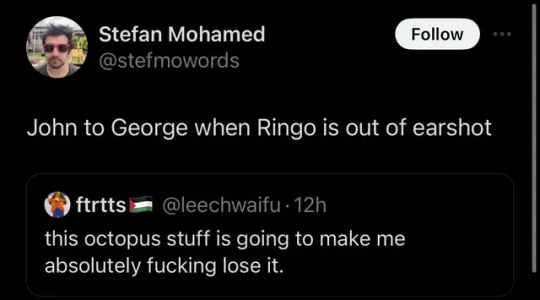
#this is doing numbers#follow me for more beatles bangers guys#god john was on something back then#john can't possibly hate octopus's garden more than maxwell's silver hammer#poor ringo#what was paul's take on that octopus song#i love it though#loved that scene where george was helping ringo with that song#made me believe in starrison#peace and love everyone#the beatles#john lennon#paul mccartney#george harrison#ringo starr#beatles#memes
24K notes
·
View notes
Text

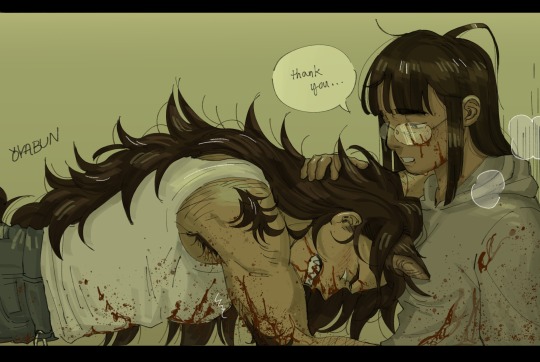
my lesbian werewolf oc >>>>>
#oc tag#maru#werewolf#lesbian#queer#blood tw#tw blood#original character#my art#mine#the story line here is that chand (the human) was going to be messed with and maru (the wolf)#was on the brink of tranforming bc of the full moon and happened upon chand and freaked out and mauled the guy#but is still trying not to fully turn#and chand is like wtf just happened but also maru just helped me so im not going to run away#this scene has just been rattling in my brain and this took me like forever to complete bc of all the details#but shes finally finished
4K notes
·
View notes
Text
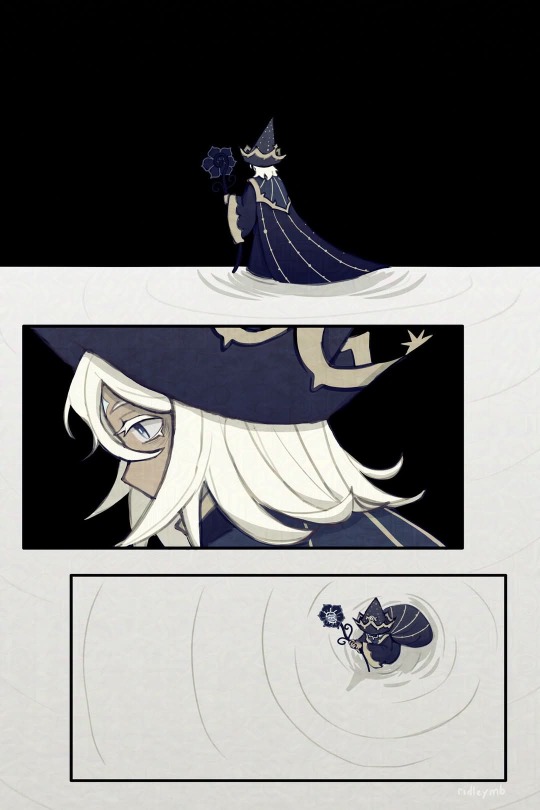
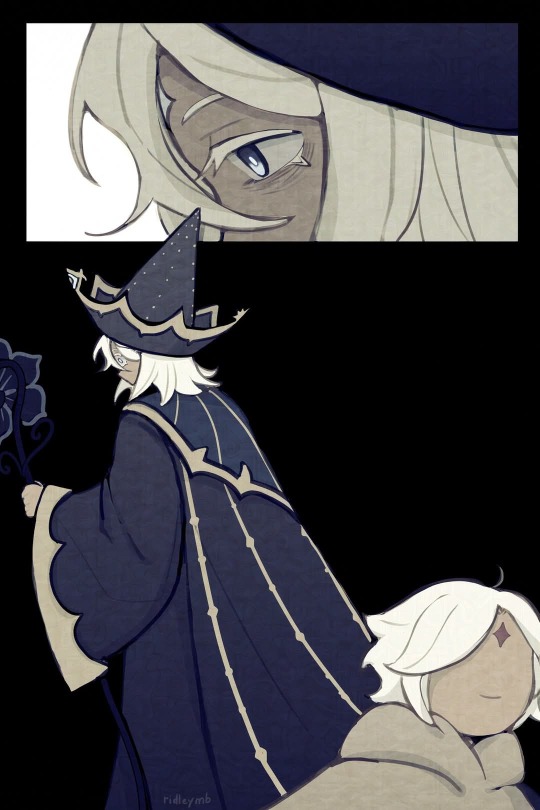
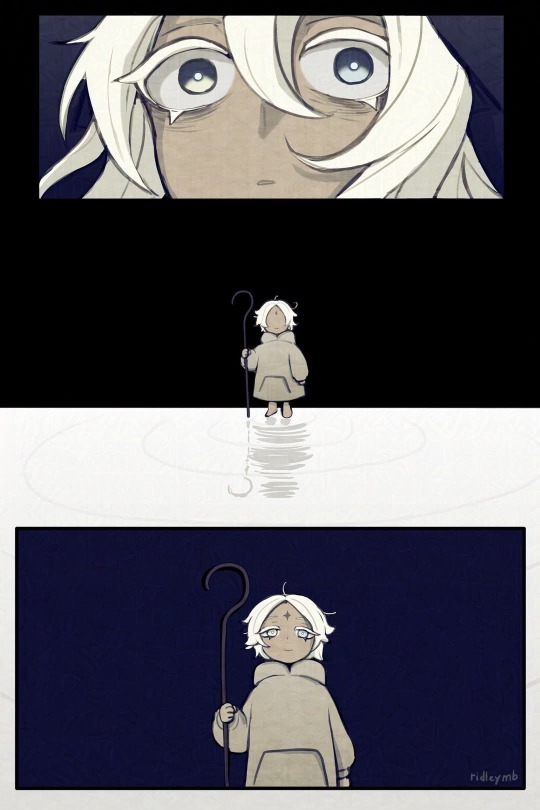

Lost sheep and young shepherd
I came up with the idea of drawing this before the trailer, after watching the trailer I changed the ending a bit
#cookie run kingdom#crk fandom#pure vanilla cookie#truthless recluse#crk#crk comic#crk fanart#I drew this when I was thinking what it would be like if Truthless Recluse met a younger version of himself#I really wanted to draw young Pure Vanilla with a horror uncanny vibe#The original intention was that this was a torment story for TR#because I think it will never be easy for him to meet his childhood version when he is at his worst#TR will definitely feel guilty when he sees his younger version#like a form of punishment#But even so#young PV will still help TR#TR is a lost sheep but also a shepherd#so this scene also means that no one can save TR from hell except “himself”#my art
4K notes
·
View notes
Text




The way Nightshade is confirmed to use they/them and Optimus apologized and moved on properly is so nice
#tf earthspark#transformers earthspark#mo malto#optimus prime#earthspark optimus#nightshade#earthspark#please it was lowkey funny cause me and my friend were wondering what their pronouns were before this exact scene#and then looked it up#AND THEN THIS SCENE PLAYS AFTER#AND WE LAUGHED#we could have just waited for it to be explained help#But its nice#real cute#love them for that <33
7K notes
·
View notes
Text

"Please... Please, fix him."
#rota fortunae#roxirinart#roxirinhsr#Finally finished this!#CLICK FOR HIGHER RES pls tumblr… why must you crunch everything I love into dust…#Ratio asking Big Robot (Nous... I hope it's obvious ;-;) to help fix Baby Robot :')#I don't do big scenes like this with backgrounds and stuff often! So I hope it's good! Aaaaaa#Had a lot of fun with the lighting in this one if it wasn't obvious hahahah#hsr fanart#hsr#hsr aventurine#aventurine fanart#aventurine#hsr Dr. Ratio#dr. ratio#ratiorine#aventio#hoyofair#hsr rota fortunae#hsr ratio
5K notes
·
View notes
Text
Fictional kiss prompts
Forbidden Kiss Prompts (“We’re not supposed to do this” but oops, we are)
a kiss in the shadows, hands clenched in fabric, trying to stay quiet because someone might hear.
“We can’t—if someone sees us…” — and then they kiss anyway, consequences be damned.
a stolen kiss through the bars of a prison cell, whispered promises of escape in between.
a “we’re on opposite sides” kiss during a truce, lips barely touching because if they kiss fully, they’ll never walk away.
a last-second kiss right before one of them is betrothed to someone else.
Angsty Reunion Kiss Prompts (“I thought I lost you” edition)
a kiss the second they see each other again—rough, breathless, and on the verge of falling apart.
a kiss interrupted by tears, hands holding like they’re afraid to let go.
“Why didn’t you come back?” whispered into their mouth between kisses.
a kiss where they pause halfway through just to look at each other, both a little older, a little more broken.
a kiss that tastes like salt and rain and survival.
Soft Domestic Kiss Prompts (Wholesome fluff to rest your soul)
a sleepy morning kiss, lazy and warm, exchanged without even opening their eyes.
a kiss planted absentmindedly on the top of the other’s head while making tea.
a kiss stolen while brushing their teeth together—foam and giggles included.
a soft kiss over a grocery list, mid-aisle, because “you looked too cute to ignore.”
the kind of kiss shared in bed while reading—just because one of them couldn’t help it anymore.
Post-Confession Kiss Prompts ( “Oh my god this is real” edition)
a kiss that stumbles right after the words “I love you,” like neither of them know what to do with their hands.
“You mean it?” — “Yeah.” — cue the most careful, reverent kiss of their lives.
a kiss that starts with laughter and ends in a dazed, overwhelmed silence.
one of them whispering, “You have no idea how long I’ve wanted to do this,” right before kissing them senseless.
a kiss that comes too fast after the confession, clumsy and colliding—because they’ve waited too long.
First Kiss Prompts (that change everything)
a kiss that starts mid-sentence, because one of them couldn’t wait one more second.
the trembling, breath-held pause right before their lips finally touch—eyes wide, hearts racing.
“If I kiss you right now, will you hate me?” – they kiss them anyway.
the kiss that’s followed by shocked silence, and then one of them blurts, “Okay… wow.”
the hesitant brush of lips—barely there—until one of them pulls the other closer like they’ve made up their mind.
Comfort Kiss Prompts (Love as a safety net)
a kiss placed gently on a trembling hand.
a kiss offered like a promise—“I’m here. I’m staying.”
a forehead kiss given after a nightmare, while whispering soft reassurances.
“You don’t have to be okay right now.” – kissed on the temple like a prayer.
the quiet, slow kiss after a panic attack, grounded in breathing and touch.
Jealousy Kiss Prompts (when emotions boil over)
a sudden, possessive kiss that shocks both of them—especially because they weren’t “together.”
a kiss to shut someone up mid-flirt—“They’re with me.”
“You’ve been avoiding me.” – “Because I saw you flirting with them.” – followed by a sharp, angry, perfect kiss.
the kind of kiss that starts in fury but ends in breathless “I need you.”
a kiss that screams “You’re mine. Even if you don’t know it yet.”
Accidental / Surprise Kiss Prompts
tripping and falling directly into a kiss—then freezing in shock as realization sets in.
a practice kiss to “make it look real” that very much does not stay platonic.
a drunken kiss that was supposed to be a dare, but lingers just a second too long.
mistaking the other person for someone else in the dark—“oh… wait—” – “don’t stop.”
an “oops-I-thought-you-were-joking” kiss that they immediately want to do again on purpose.
#writing#writerscommunity#writer on tumblr#writing tips#writing advice#character development#writer tumblr#writblr#writing help#kissing prompts#kiss scene#first kiss#writing romance#romance#writing prompts#dialogue prompt#writing ideas
2K notes
·
View notes
Text
…Dannny Phantom fics often talk about Amity being chill with ghosts and whatnot, yet I don’t think I’ve ever really seen the logical conclusion of that:
Dying but just… keeping going.
A kid at Casper High dies in an accident and comes back in for class a few days later. Moves the memorial off their desk to make room for their notebook.
An elderly book club member shows up to the new meeting semi-transparent. They laugh off any concern with something along the lines of “At least my back pain’s gone!”
Someone calls in to their job like, “Hey, uh, I died. Does… does that mean I get the day off?”
No one quite knows how to react. Phantom shows up the first few times to ask if everything’s alright, but then starts to leave them be.
It’s… fine?
At first, people very carefully walk on eggshells around the topic of death, but it gradually fades into the background. People just treat it as a new rule of polite conversation. The world goes on. It’s still just Amity Park, the most haunted city in America.
They’ll have to address it eventually, they know. It’s far too big not to. But for the moment, things just keep going as they were.
#another example of a new ghost i thought of is “a young surgeon is helped through a guilt spiral by the ghost of the patient they just lost#which i think is an amazing scene idea but felt like a bit too much for that section#danny phantom#dp#or it could be neat with dpxdc but it doesn’t specifically involve it so i’m not gonna tag it#danny phantom prompt#dp prompt#dp worldbuilding#danny phantom worldbuilding
3K notes
·
View notes
Text
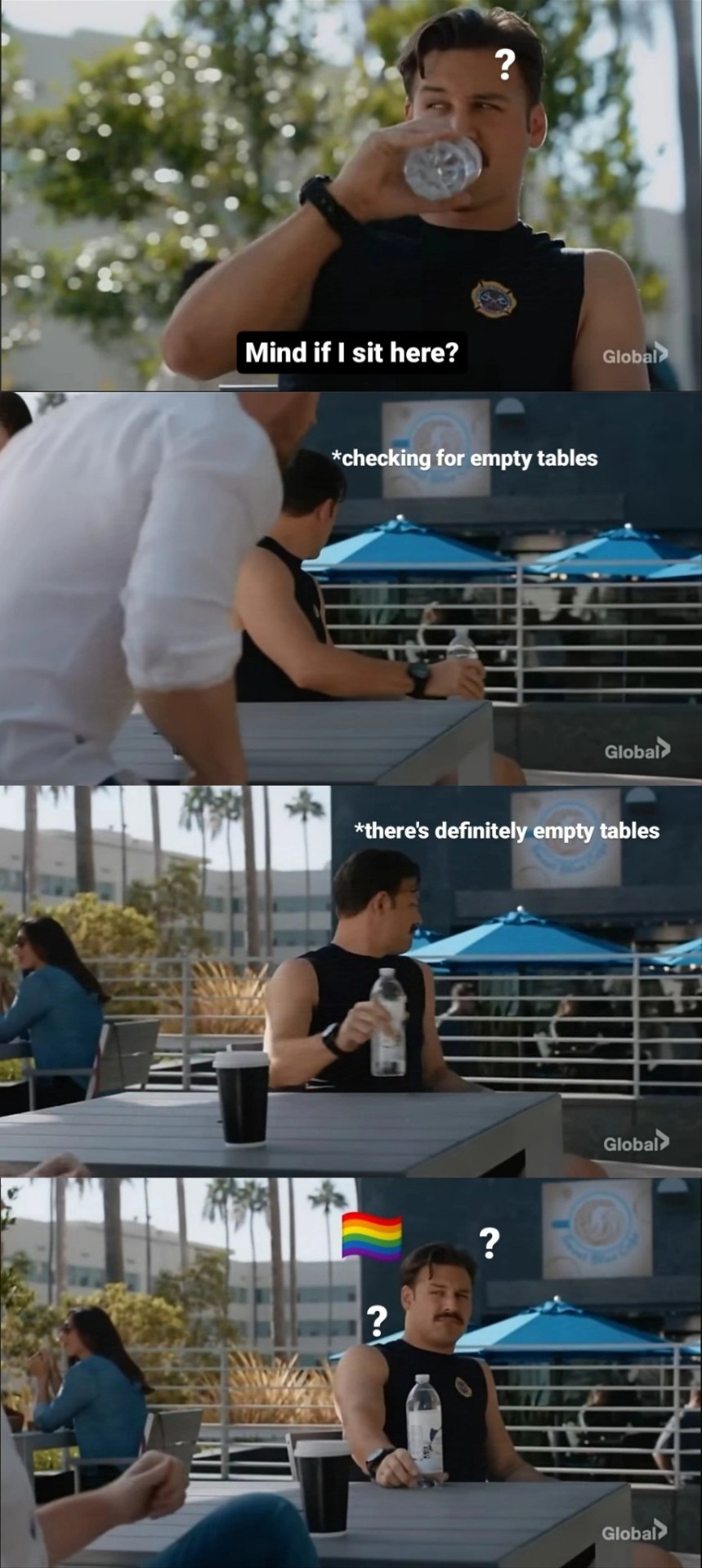
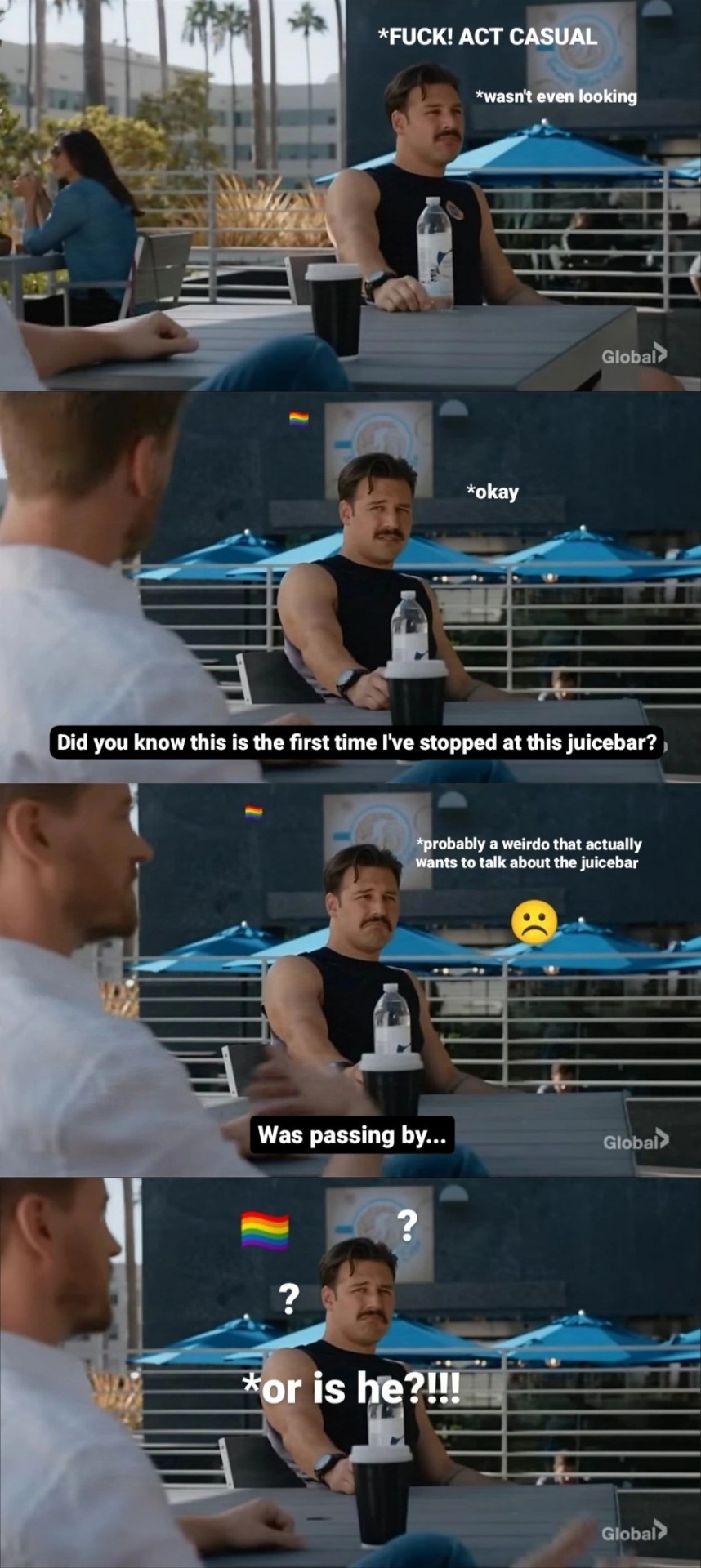
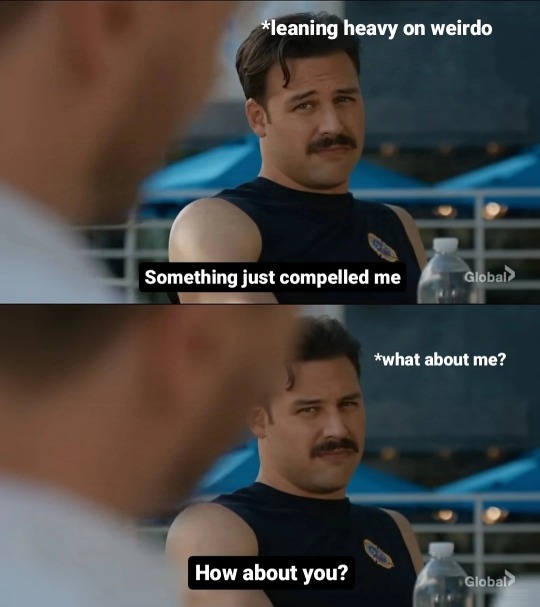
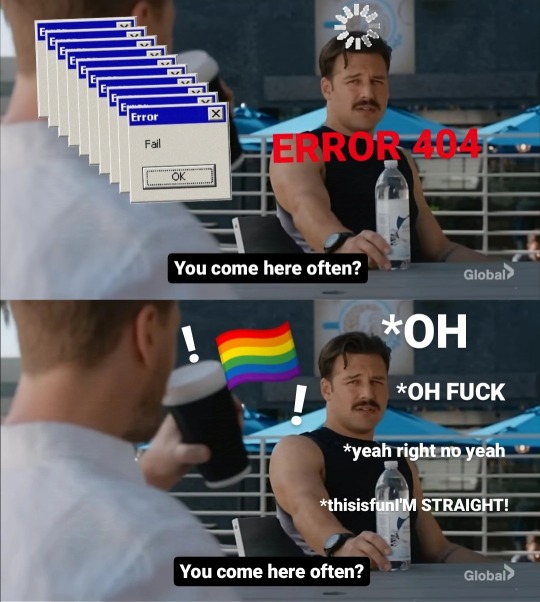
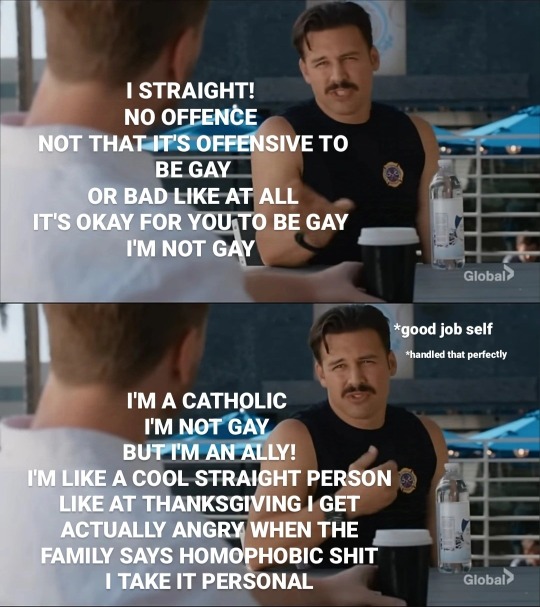


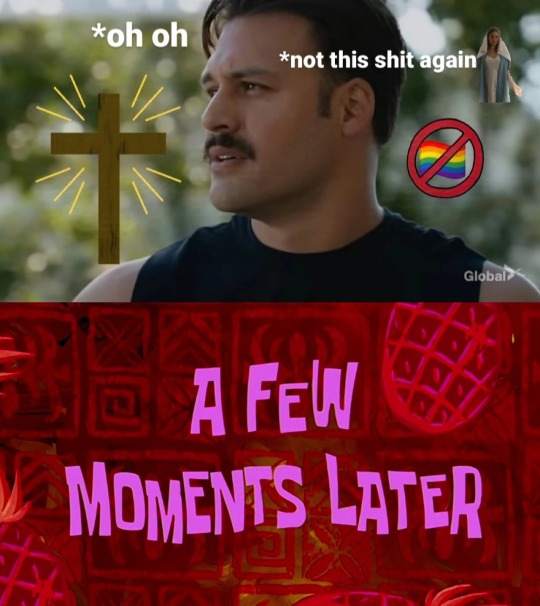
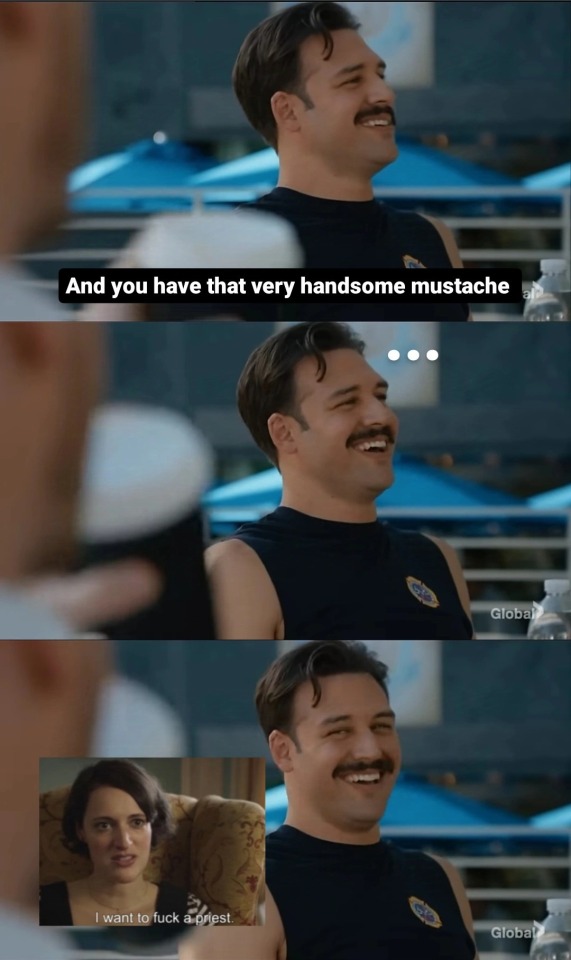
He's getting dragged out, kicking and clawing at the closet!
#I've gone a little red string on a pinboard insane over this scene#don't know if you can tell#baby we're getting you out!!!!!!#help us father help#love Eddie's little fleabag moment#vine boom sounds all around though#gay ass eddie#eddie diaz#911 hot priest#father brian#911 abc#buddie
8K notes
·
View notes
Text

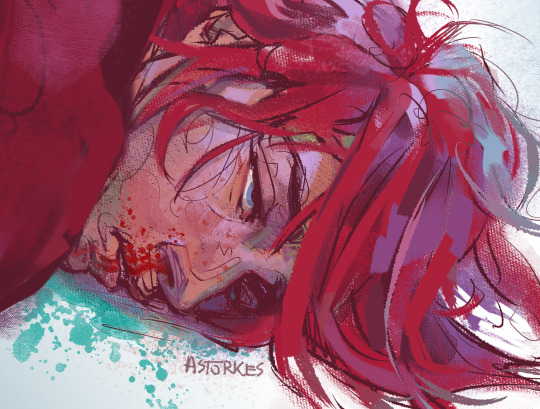
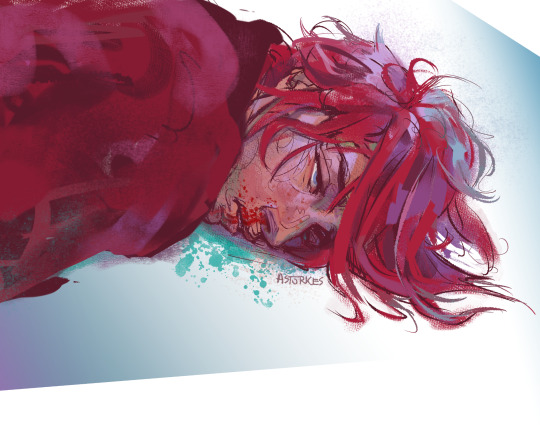
well, her guard needs work
#my life be feeling like this nowadays so thought i'd redraw this scene#more beat up vi probably incoming cuz this helped#i love it when my women block with their face#arcane#vi#arcane vi#arcane vi fanart#league of legends#league of legends vi#lol vi#vi fanart#arcane fanart#fanart#my art
7K notes
·
View notes
Text
SQQ: Disciple Shen Yuan is weak, useless and is in no way related to this master
SQQ: *catches 14yo SY cursing and kicking cowering SQH behind the woodshed*
SQQ: This master has never been more proud and also, he birthed A-Yuan out of his own body
#i had a dream last night of this exact scene#possibly because im rereading syonr#again#it’s just so good i can’t help myself#svsss#shen qingqiu#shen yuan#shang qinghua
4K notes
·
View notes
Text
svsss body swap au where shen qingqiu and liu qingge swap bodies, and while shen qingqiu (either yuan or jiu could work!) is having the time of his life with the full power of the bai zhan war god, liu qingge is having a very rude awakening on how much chronic illnesses suck and how much pain and discomfort sqq is in every single day.
liu qingge finds out how awful without-a-cure is, it's blocking his cultivation and leaving him helpless, and it hurts, too, a constant ache that lingers in the back of his mind. it takes mu qingfang calling him out on his behavior to realize that he's been lashing out at others out of his own discomfort and frustration. the only relief he gets is the cleansing of his meridians, but to take all those brews every day and be dependant on his martial siblings for his base health is really frustrating, because he can't do so many things he used to be able to do without second thought.
meanwhile, shen qingqiu arm-wrestled every peak lord and won, cleaved a mountain in half, ran a marathon for fun, and approached every dangerous animal he could find to study them because his strength and reflexes get him out of tricky situations every time.
shen qingqiu: i just ran eighty miles and im not even sweating !!
liu qingge: i tried to circulate my qi and now i have a horrible migraine
eventually they switch back; liu qingge is very relieved, glad to be himself again. shen qingqiu is keeping up a brave face, but the constant discomfort feels a little worse now he knows what it's like to live without it.
#thinking of a scene where lqg takes sqqs body to the healers like hehe shixiong now you really cant avoid it!!#but the only thing that gets him is the depressing answer that theres nothing they can do for him#sqq just has to live like this. forever#(or until a heavenly demon ravages him but they dont know that)#and its like... oh#lqg will go back to his own body at the end of the day#but sqq will have to live with this forever#it isnt for no reason that the peak lords reacted with dismay when sqq got poisoned#it has no cure and is crippling and painful#on a lighter note: lqg clumsily ''offers his body to be used'' and it makes sqq laugh#also lqg becomes far more aware of flare ups and can help his shixiong accordingly#he knows what its like now#ALSO also: sqq was an absolute BEAST in lqgs body#and that really turned lqg on#sqq: *cleaves a whole mountain in half without a sweat*#lqg: 😳😳😳#svsss#liushen#shen qingqiu#liu qingge#svsss au#body swap au#shen yuan
2K notes
·
View notes